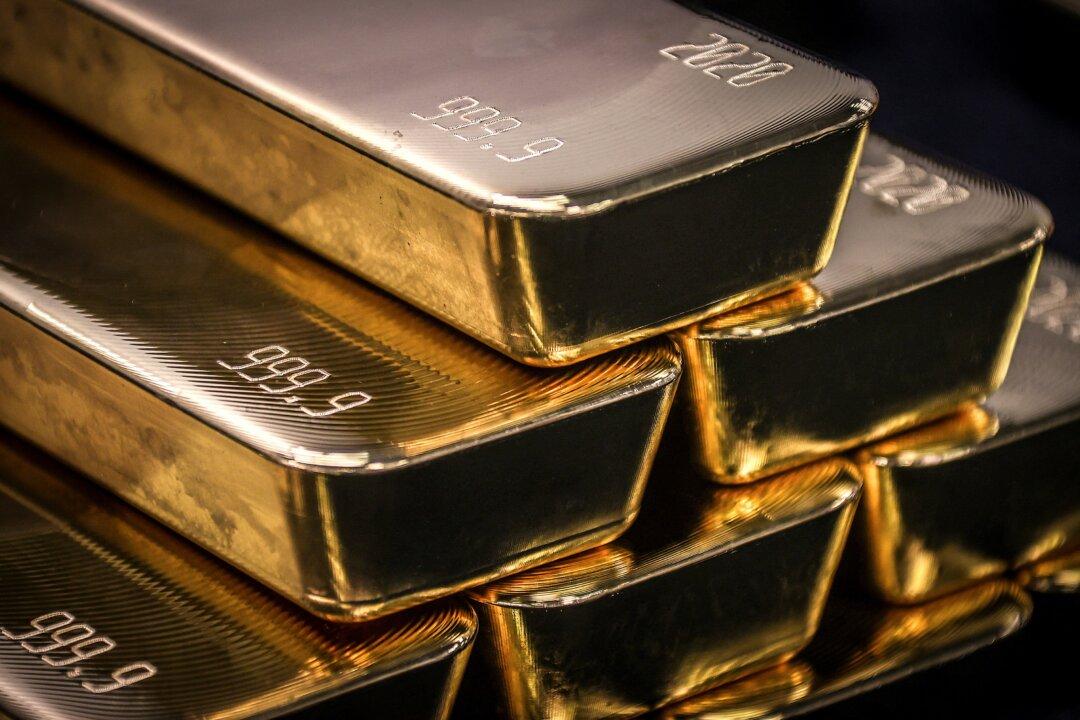News Analysis
The Israel-Hamas conflict has triggered demand for safe-haven assets in the capital markets, intensifying the rise in gold prices.

The Israel-Hamas conflict has triggered demand for safe-haven assets in the capital markets, intensifying the rise in gold prices.